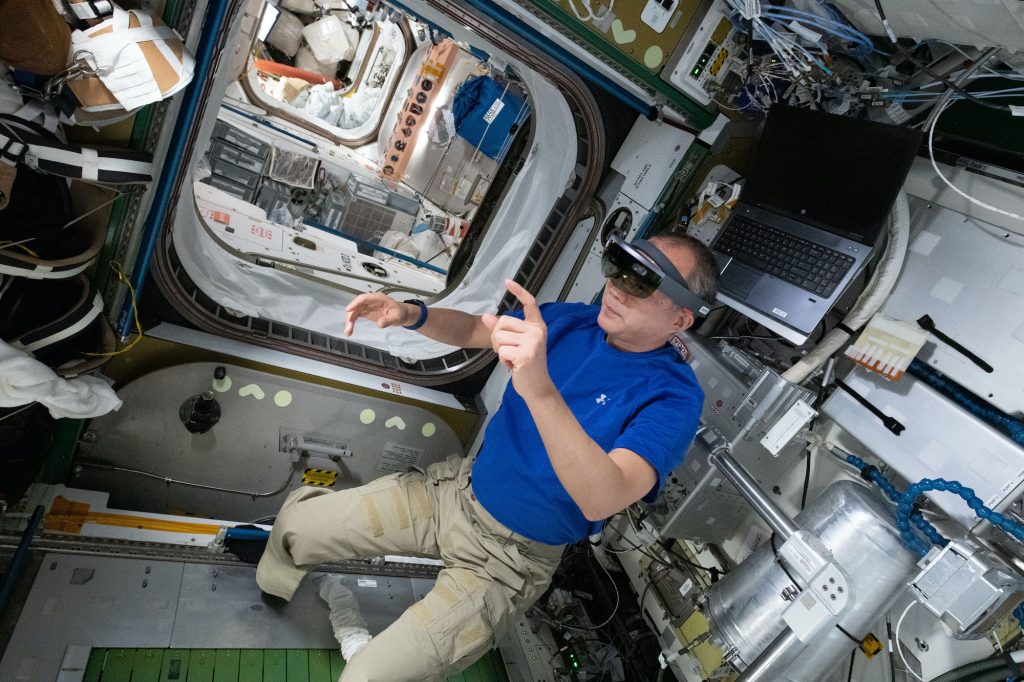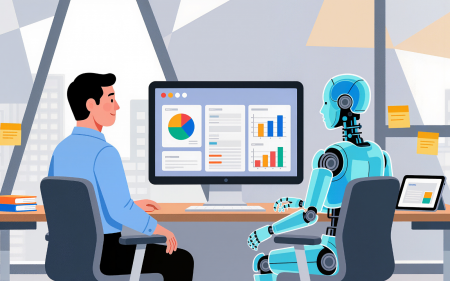We’ve long maintained that Microsoft’s Hololens AR tech is destined for great things, just as soon as folks work out how to make it work without costing $3,000 for a single headset. We’ve seen them do some amazing things so far — to the point that the US military wants a bunch of them for training purposes. But now they’re working out in space, on board the International Space Station (ISS).
Hololens facilitates NASA’s T2AR
Earlier this year, astronauts on board the ISS made use of Microsoft’s Hololens hardware — in conjunction with custom-built software made by NASA — to kick off the T2 Augmented Reality (T2AR) project. The project is a demonstration of how astronauts can use tech to maintain and repair equipment without input from mission control — a useful skill if we’ve got people living and working on the moon (which is the final aim of NASA’s Artemis missions) or on Mars, where the ability to fix things without Earth-based assistance is even more critical.
In April this year, Soichi Noguchi of the Japan Aerospace Exploration Agency (JAXA) used Microsoft’s augmented reality gear and procedure-tracking software created by NASA to maintain the station’s T2 Treadmill. Normally the maintenance process is outlined on a PDF file hosted on a tablet, but on this occasion, work was carried out using AR, without having to glance away from the job at hand.
Astronauts Thomas Pesquet (from the European Space Agency) and Megan McArthur (NASA) have also used the AR application and Hololens hardware on board the ISS, testing all the ways it does and doesn’t work out in space. There are a further nine test sessions planned “… across a wide variety of space station needs in the future.”
International Space Station associate scientist Bryan Dansberry said, “The space station is the perfect platform to test out AR systems and refine these tools so they will be ready when future astronauts need them. Closer to home, these tests help to mature software and AR technology now so expertise and support are available in remote locations around the world.”




